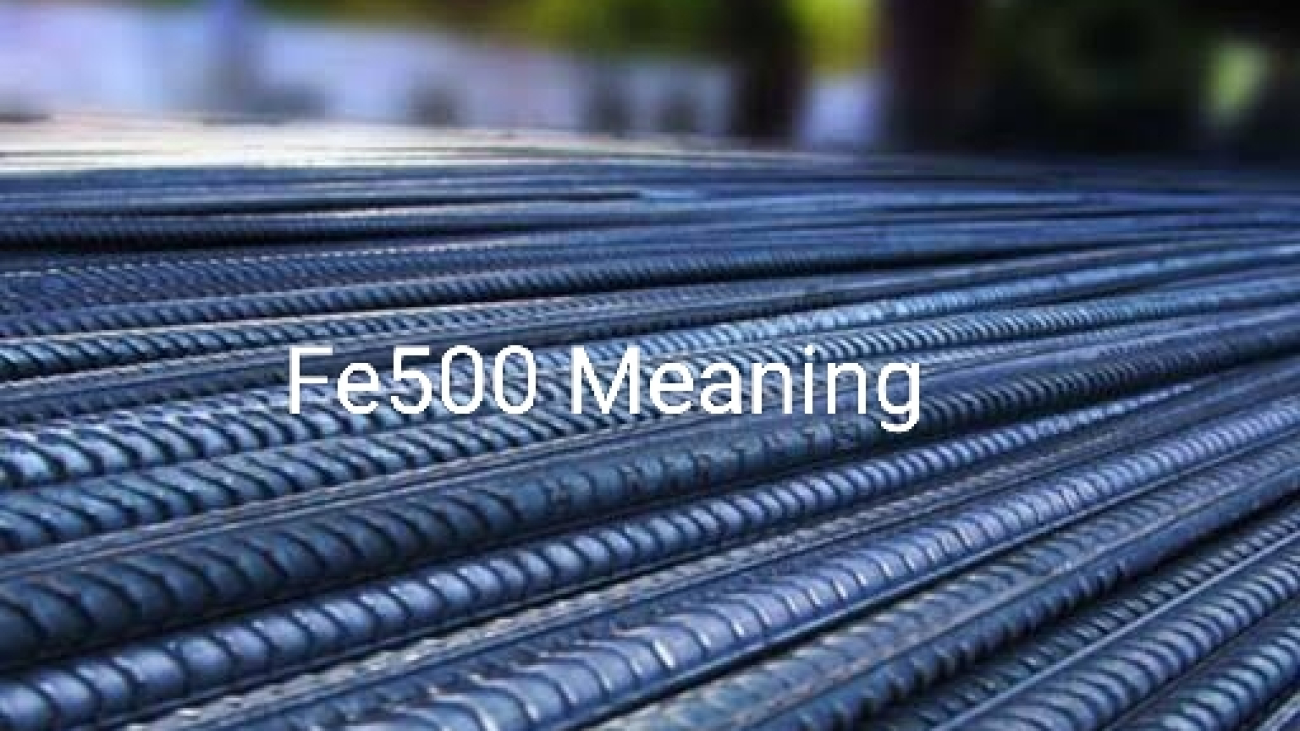Fe500 steel refers to a specific grade of steel reinforcement used in construction, particularly for reinforced concrete structures. The “Fe” stands for iron, which is the primary element in steel, and “500” indicates the minimum yield strength of the steel in mega pascals (MPa). Here are some details:
- Yield Strength:
- Fe500 steel has a minimum yield strength of 500 MPa. Yield strength is the stress at which a material begins to deform plastically. Before reaching this stress, the material will deform elastically and will return to its original shape when the applied stress is removed.
- Tensile Strength:
- The tensile strength of Fe500 steel is typically higher than its yield strength, generally around 545 MPa to 600 MPa. Tensile strength is the maximum stress that a material can withstand while being stretched or pulled before breaking.
- Ductility:
- Fe500 steel has good ductility, meaning it can undergo significant deformation before fracture. This property is essential for absorbing energy during seismic events and other dynamic loads.
- Chemical Composition:
- Fe500 steel is made with a specific chemical composition to ensure its properties, including a mix of elements like carbon, manganese, sulfur, phosphorus, and sometimes micro-alloying elements.
- Application:
- Fe500 steel is widely used in the construction of buildings, bridges, and other structures due to its high strength and ability to withstand significant loads. It is particularly useful in high-rise buildings and infrastructure projects where high strength and durability are required.
- Standards:
- The grade Fe500 is defined by various national and international standards. In India, it is specified in IS 1786:2008 (Indian Standard for High Strength Deformed Steel Bars and Wires for Concrete Reinforcement).
Summary
Fe500 steel is a high-strength, ductile, and durable reinforcement material widely used in construction to enhance the structural integrity and load-bearing capacity of reinforced concrete structures.

